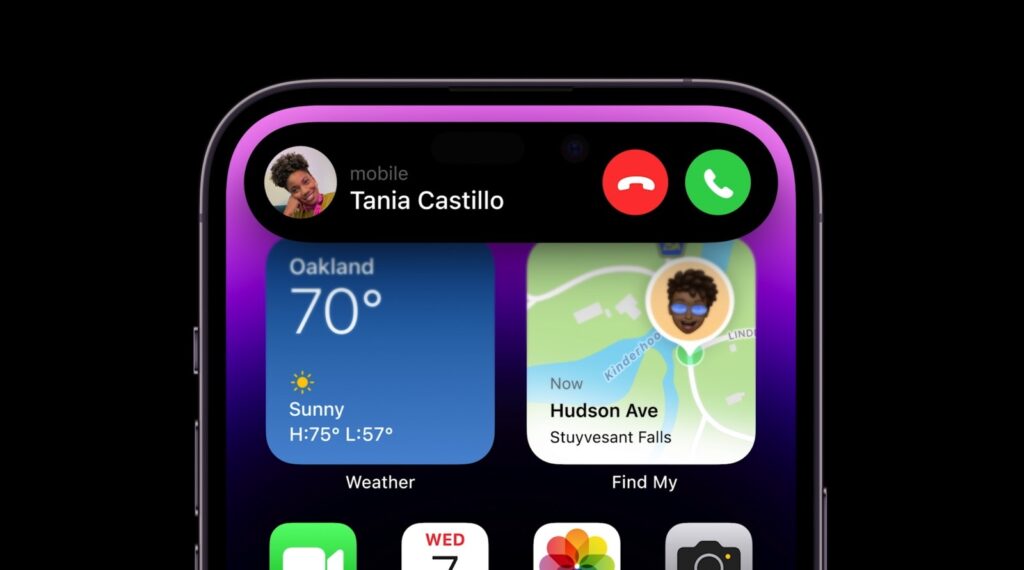After the iPhone 15 release, we turn our attention to Apple’s upcoming iPhone 16. This new series is expected to be announced later in 2024. One of the highlights could be an iPhone Ultra model, although it seems AI will be the main feature of this lineup. That said, is the iPhone 16 even worth waiting for? Here’s what we know about this upcoming device so far.
Display size and design
For the 2024 iPhone lineup, display analyst Ross Young believes Apple will offer a pill shape cutout to all models (regular and Pros). Following the iPhone 15 release, all iPhone 16 models will also feature the Dynamic Island – although ProMotion and Always-On Display technologies will remain exclusive for the higher-end models. That said, this could change for the iPhone 17
Interestingly enough, Young says the regular models will maintain 6.1 and 6.7-inch displays, while the Pro models would jump for 6.3 and 6.9-inch screens. A Weibo leaker also corroborated this possibility. This would practically make the bezels disappear from the Pro models. In 2025, the regular iPhone 17 models would follow this display size increase.
In addition, another report expects Apple to decrease the bezel of all iPhone 16 models by using a new Border Reduction Structure technology, which rolls up the internal copper wiring into a compact package. It’s unclear how small it can get since current bezels are 1.55mm for iPhone 15 Pro models, but it seems Apple is focusing on reducing the bottom bezel of all new iPhones.
According to The Elec, the next iPhone display could be even brighter as Samsung and LG have apparently demoed micro-lens arrays (MLA) OLED panels to Apple.
Placing the MLA layers of lenses within the OLED panel would turn reflected light toward the user. This would increase the brightness of the handset without increasing the power consumption. An immediate advantage would be reducing the power consumption when using the OLED panel at regular levels. After all, the iPhone 14 Pro supports up to 2000 nits of brightness, but I hardly take advantage of that.
However, the MLA layer would impact viewing angles. Moreover, OLED panels featuring MLA tech would be more expensive to produce.
At the moment, Apple may maintain the same finishes used for the iPhone 15: glass and aluminum for the regular models and titanium and glass for the Pro versions, although the company is working on a new manufacturing process for the materials. The regular models will also maintain 60Hz displays, as ProMotion will be exclusive to the Pro lineup.
In addition, the regular iPhone 16 models are expected to get a vertical-align camera module, which could be used for Spatial Video. The last time Apple offered these cameras aligned that way was with the iPhone 12.
Last but not least, analyst Jeff Pu from Haitong Securities says there’s a “low” chance that Apple will add solid-state buttons for these Pro models. This design change was expected for the iPhone 15 models. The Weibo leaker mentioned above believes solid-state buttons are still on the table and could appear in next year’s release.
And if you still believe Touch ID could make a comeback, forget about it. A report claims this technology will be phased out from all future iPhone models, including the upcoming iPhone SE 4.
iPhone 16 possible colors
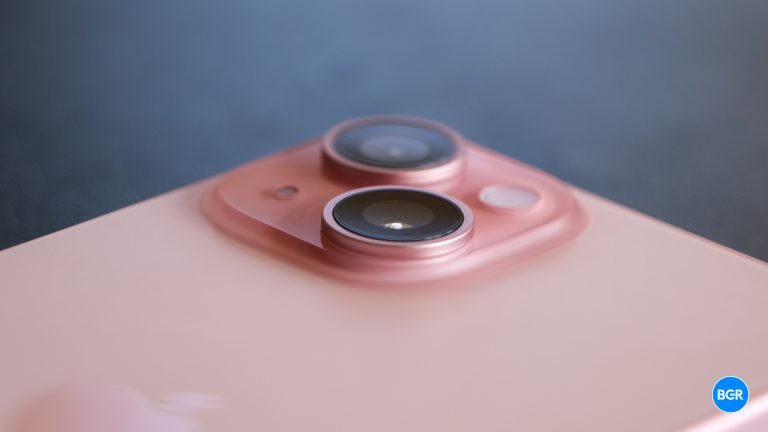
According to a Weibo leaker (via ShrimpApplePro), Apple is betting on four colors for the iPhone 16 Pro models. If this leak is accurate, Cupertino will focus on two new options: Space Black and Rose. Besides that, the company will apparently continue to offer Natural Titanium and White Titanium.
The leaker says the new Space Black color will look similar to the one on the iPhone 14 Pro. The White Titanium option will also be identical to the white iPhone 14 Pro, and the Natural Titanium option, compared to the iPhone 15 Pro, is “a bit gray.”
Interestingly, Apple might apply color to the Pro models the same way it does with the regular iPhone 15 versions, with an optimized dual-ion exchange process before being polished with nanocrystalline particles and etched to create a textured matte finish, which means color would be applied directly into the glass.
That said, these are the colors expected for the new iPhones:
iPhone 16 Pro models:
- Natural Titanium
- White Titanium
- Space Black
- Rose
We don’t have rumors highlighting the regular iPhone 16 colors, but if Apple follows the trend, we could see these options:
- Black
- Pink
- Blue
- White
- Exclusive new color
Capture button is in the works
After introducing the Action Button, Apple might be planning to add a new button to the iPhone 16 series. This Capture Button, internally known as the “Capacitive Button” or “Project Nova,” will be one of the main selling points of this generation.
The Capture button will be a capacitive button rather than a mechanical one. It’ll give you the impression you’re pressing a button, thanks to vibrations from the Taptic Engine. The button could also detect pressure and touch, supporting various types of commands.
The Capture button will sit under the iPhone’s power/standby button on the handset’s right side. The addition of a new button to the iPhone would be the first such design change since the introduction of the iPhone.
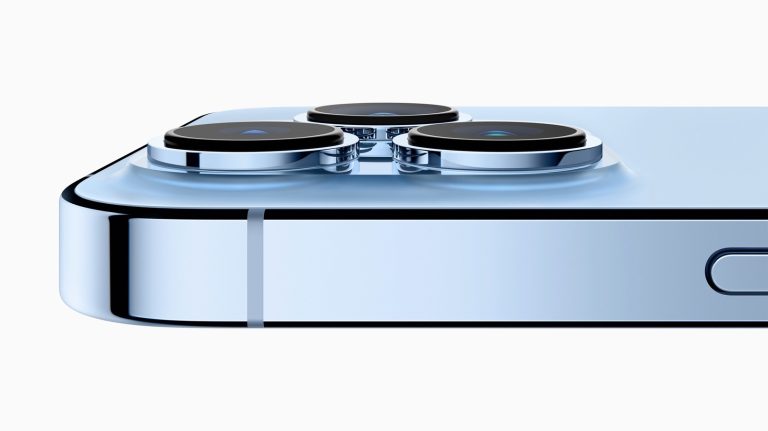
That said, it’s unclear what actions this button will be able to perform, but most likely, it will be related to the camera.
Weibo leaker Instant Digital has posted that this new button could add a similar function to what most DSLR cameras have: By pressing halfway through the button, it locks in focus or exposure. Then, after fully pressing it, it would take the photo.
With that, this would be the first time the iPhone would change focus with a button press. Currently, you need to tap your display, but offering this “analogical” feature would surely entice a ton of photographers to keep choosing the iPhone rather than a classical camera.
Interestingly, The Information discussed this in a recent report, although the Capture button could offer even more capabilities than Instant Digital tells us, such as zooming in and out.
MacRumors also believes all iPhone 16 models will get the Action Button, so we’ll say goodbye to the mute switch in 2024 – as even a future iPhone SE might switch to this button.
BGR‘s Chris Smith thinks this Capture button is way more exciting than it seems.
iPhone 16 cameras
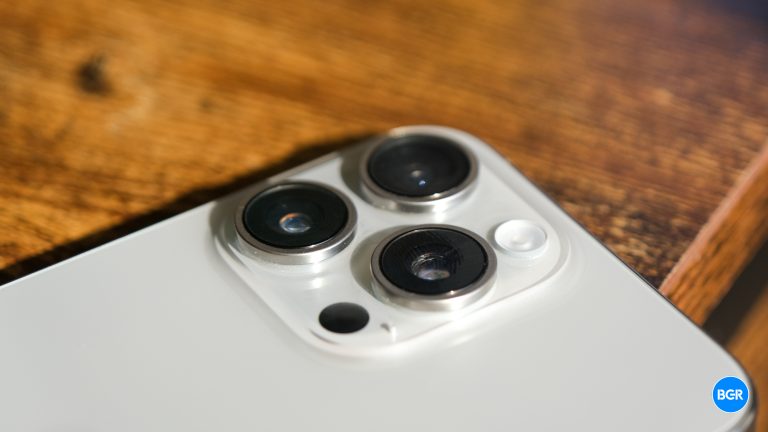
While we still don’t know much about all the camera upgrades for the iPhone 16, by the beginning of 2023, the Korean version of The Elec said that Apple plans to add a periscope lens for both Pro models. This has been corroborated several times over the past months.
With the periscope lens exclusive to the iPhone 15 Pro Max with up to 5x optical zoom, the company could make it available for both Pro models in 2024. Analyst Ross Young says this will be possible thanks to the larger display size, which could help house more components on the smaller Pro model.
For the main lens of the Pro models, Apple would use Sony’s newest 2-layer system, which can capture more light and reduce noise. The sensor would improve low-light photography while also improving dynamic range. In addition, the company is expected to add a 48MP resolution sensor to the ultra-wide lens.
For the regular iPhone 16 models, MacRumors believes the wide and ultrawide lenses will get a vertical arrangement. In addition, it will be closer to the iPhone X, as new schematics show Apple wants to make the camera bump slimmer.

Spatial Video could expand to regular models
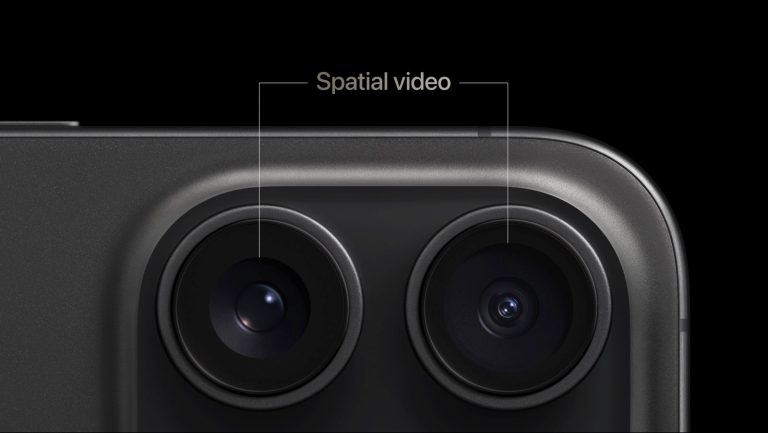
With the Apple Vision Pro just around the corner, BGR believes that Spatial Video might explain the iPhone 16’s rumored vertical camera redesign.
While many could think this is just Apple’s way of recycling a design to sell more smartphones, I think there’s a more important reason behind it: Cupertino wants to expand Apple Vision Pro‘s usefulness by adding more devices that can capture Spatial Videos.
First and foremost, if you look at how Spatial Videos are recorded, Apple uses the primary and ultra-wide cameras to create videos with “remarkable depth” – and not the LiDAR scanner. With that, by changing the iPhone 16 cameras from a diagonal angle to a vertical, they would be positioned the same as the lenses on the iPhone 15 Pro models.
Processors: A18 family with base and Pro versions?
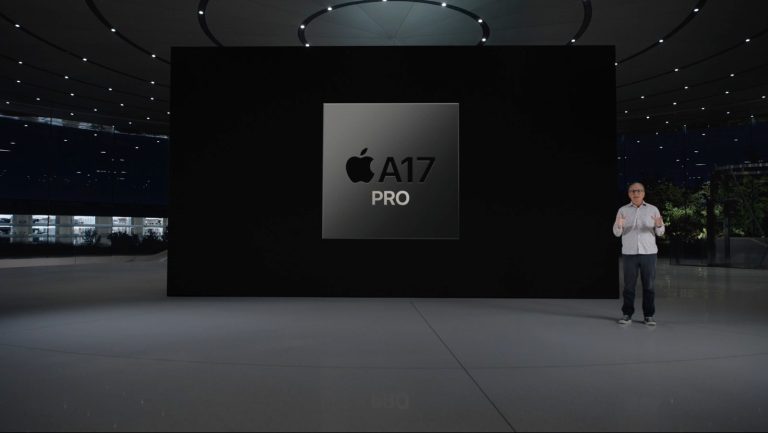
Jeff Pu, a tech analyst at Hong Kong investment firm Haitong International Securities, says Apple will develop at least two variations of the A18 chip, one base model and the Pro version for the Pro phones.
Although it’s unclear what the spec bumps of this generation will be, he says that Apple will switch from the N3E manufacturing process to N3B. N3E has fewer EUV layers and lower transistor density than N3B, resulting in efficiency tradeoffs, but the process can provide better performance.
Recently, the analyst said the A17 Pro manufacturing process wasn’t as good as it should have been, and the real improvements will come in 2024 as TSMC will move from N3B to N3E with higher clock speeds and lower power consumption.
He even calls the A17 Pro an A16 Bionic with overheating issues. That said, we still have to learn more about it through future reports and leaks. Interestingly, with a Pro chip now available, maybe the company will use the same terminologies it uses for the Macs and start calling these chips “Pro,” “Max,” and, eventually, “Ultra.”
Next-gen Wi-Fi support and 5G Advanced
Camera enhancements aside, Pu also relays that the iPhone 16 Pro and Pro Max models will support Wi-Fi 7. Apple’s current iPhone lineup supports Wi-Fi 6E, which offers improved wireless performance, lower latency, and lower power consumption. Wi-Fi 7, meanwhile, will bring more of the same. Put simply, Wi-Fi 7 will boast faster speeds, even lower latency, and “better connectivity experiences in areas with high device density.”
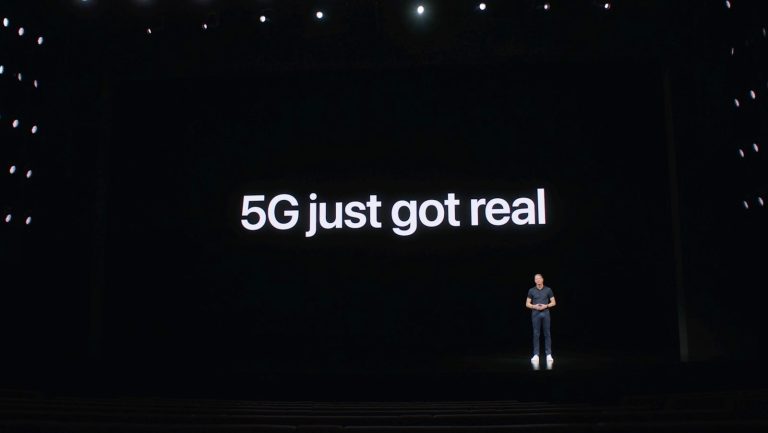
Jeff Pu also says the iPhone 16 Pro models will offer 5G Advanced support. According to Ericsson, “5G Advanced provides enhancements of the architecture to support intelligent network automation including RAN management, analytics, and AI/ML model life-cycle management.”
It uses AI to enhance the network energy efficiency, load balancing, and mobility management, eventually leading to better connection and transfer speeds. The analyst says Apple will achieve that by using Qualcomm’s X75 modem, exclusive to the Pro models, as the standard versions will continue to use the iPhone 15’s 5G modem, the X70.
Improved battery on Pro models
Leaker KosutamiSan believes Apple will improve battery life on the next generation of iPhones by adding a graphene thermal system to improve cooling. They wrote on X:
“Apple is actively working on the graphene thermal system of iPhone 16 Series to solve the existing heating problem. And the batter of Pro series would change to a metal shell for the same reason.”
If that turns out to be accurate, we could have improved battery life for the Pro phones, as both iPhone 14 Pro and iPhone 15 Pro models don’t seem to hold the charge as well as the iPhone 13 Pro models did.
Battery size revealed in leak
A leak shared by X user Majin Bu, which has a mixed track of correct reports, says they were able to get the battery size of the iPhone 16, 16 Plus, and 16 Pro Max. According to them, the iPhone 16 Pro Max could be equipped with a 4,676 mAh battery that is no longer L-shaped “due to the redesign of the internal structure.” With that, Apple would jump from the 4,422 mAh battery of the iPhone 15 Pro Max.
A similar jump could be expected for the regular iPhone 16, as it’s rumored to feature a 3,561mAh battery, while the iPhone 15 has a 3,349mAh battery. Unfortunately, those looking for the iPhone 16 Plus should be aware that its battery life might decrease from a capacity of 4,383mAh for the iPhone 15 Plus to 4,006mAh for the upcoming model. Another Weibo leaker also corroborated this rumor while revealing the battery of the iPhone 16 Pro. That said, these are the expected battery capacities for all new models:
- 16: 3,561mAh
- 16 Plus: 4,006mAh
- 16 Pro: 3,355mAh
- 16 Pro Max: 4,676mAh
iOS 18 will power this device

Naturally, the operating system of the iPhone 16 will be iOS 18. One of the features we already know about iOS 18 is that Apple is working on generative AI, which could be released in late 2024.
According to Jeff Pu, Apple is building a few hundred AI servers in 2023 and will make even more in 2024. By combining cloud-based AI and on-device data processing, Apple would finally roll out its generative AI to iPhone and iPad users by late 2024.
This note comes after a few other reports about Apple’s future GPT. Last month, The Information shared that Cupertino is spending millions of dollars daily to train its large-language models – LLM for short.
What’s interesting about this story is that people on the Apple team believe its most advanced language model, Ajax GPT, which Bloomberg already reported, might be better than OpenAI’s GPT. 3.5. Even though the other company is already working on better solutions, it’s good to know that Apple has dramatically improved in the conversational AI field.
In a report by Bloomberg, the publication says iOS 18 will be “ambitious and compelling” due to modest iPhone 16 hardware updates. It also expects some iPhone AI features to be powered by Google Gemini or ChatGPT. You can learn more about iOS 18 here.
How many iPhone models will Apple introduce?
For the 2024 iPhone 16 models, Apple was first expected to introduce three different ranges that include a total of five different models:
- iPhone 16
- iPhone 16 Plus
- iPhone 16 Pro
- iPhone 16 Pro Max
- iPhone 16 Ultra
Mark Gurman teased this new Ultra line in his February 2023 Power On newsletter. Interestingly, by November, he said, “the iPhone 16’s hardware won’t have any major advances next year.”
As the rumor cycle of this lineup advances, it doesn’t seem Apple will release an Ultra phone, although we had a few reports about this device:
iPhone Ultra: Here’s what we know
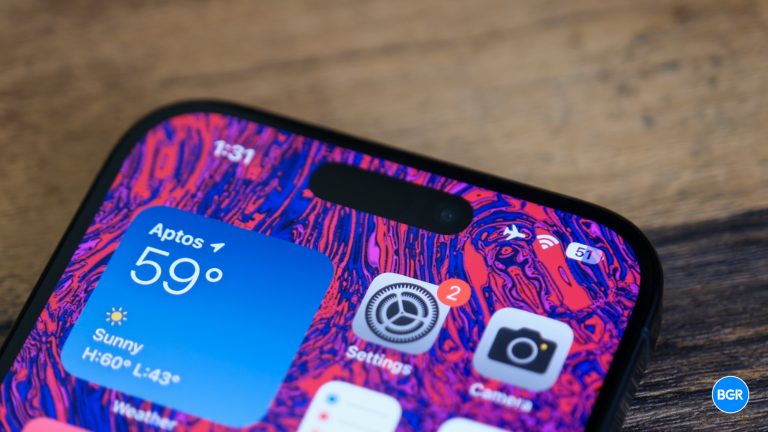
In the newsletter mentioned above, Gurman said that “Apple’s plan to draw a greater distinction between the Pro and Pro Max has spurred speculation that the company will opt for a new top-end brand: the Ultra. (…) But instead of renaming the Pro Max “the Ultra,” Apple could add an even higher-end iPhone above both Pro models. Internally, the company has discussed doing just that — potentially in time for the 2024 iPhone release.”
While previous rumors said this Ultra brand would come for the iPhone 15 models, Apple has delayed it for 2024. That said, it’s unclear which features this phone will get, mainly because the iPhone 15 Pro Max has a titanium frame and an exclusive periscope lens with up to 5x optical zoom.
More recently, an early iOS 18 code revealed that Apple is only working on four different iPhone models, most likely the two regulars and the two pro models. That said, while Cupertino could still call the iPhone 16 Pro Max, Ultra, it’s unlikely that a fifth model could be released.
Release date
If Apple follows the trend, this new iPhone should be released in the fall. Cupertino usually holds the iPhone event in September, so that’s when we should expect the new version.
Price
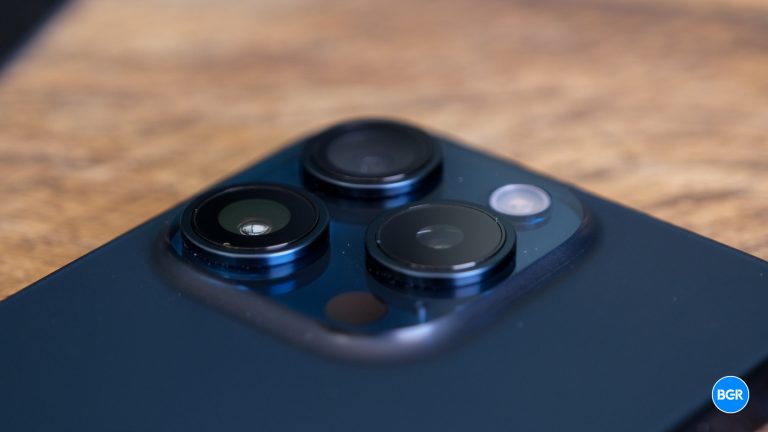
We don’t have rumors about a price increase or even Apple updating the amount of storage available with these iPhones. That said, the company might follow the same prices as the iPhone 15, which are:
iPhone 15
- 128GB: $799
- 256GB: $899
- 512GB: $1,099
iPhone 15 Plus
- 128GB: $899
- 256GB: $999
- 512GB: $1,199
iPhone 15 Pro
- 128GB: $999
- 256GB: $1,099
- 512GB: $1,299
- 1 TB: $1,499
iPhone 15 Pro Max
- 256GB: $1,199
- 512GB: $1,399
- 1 TB: $1,599
Wrap up
This is everything we know about the iPhone 16 so far. We still have a few months before Apple announces this model. That being said, despite all of the rumors covered above, some analysts believe this will be a mild update for the iPhone lineup.

